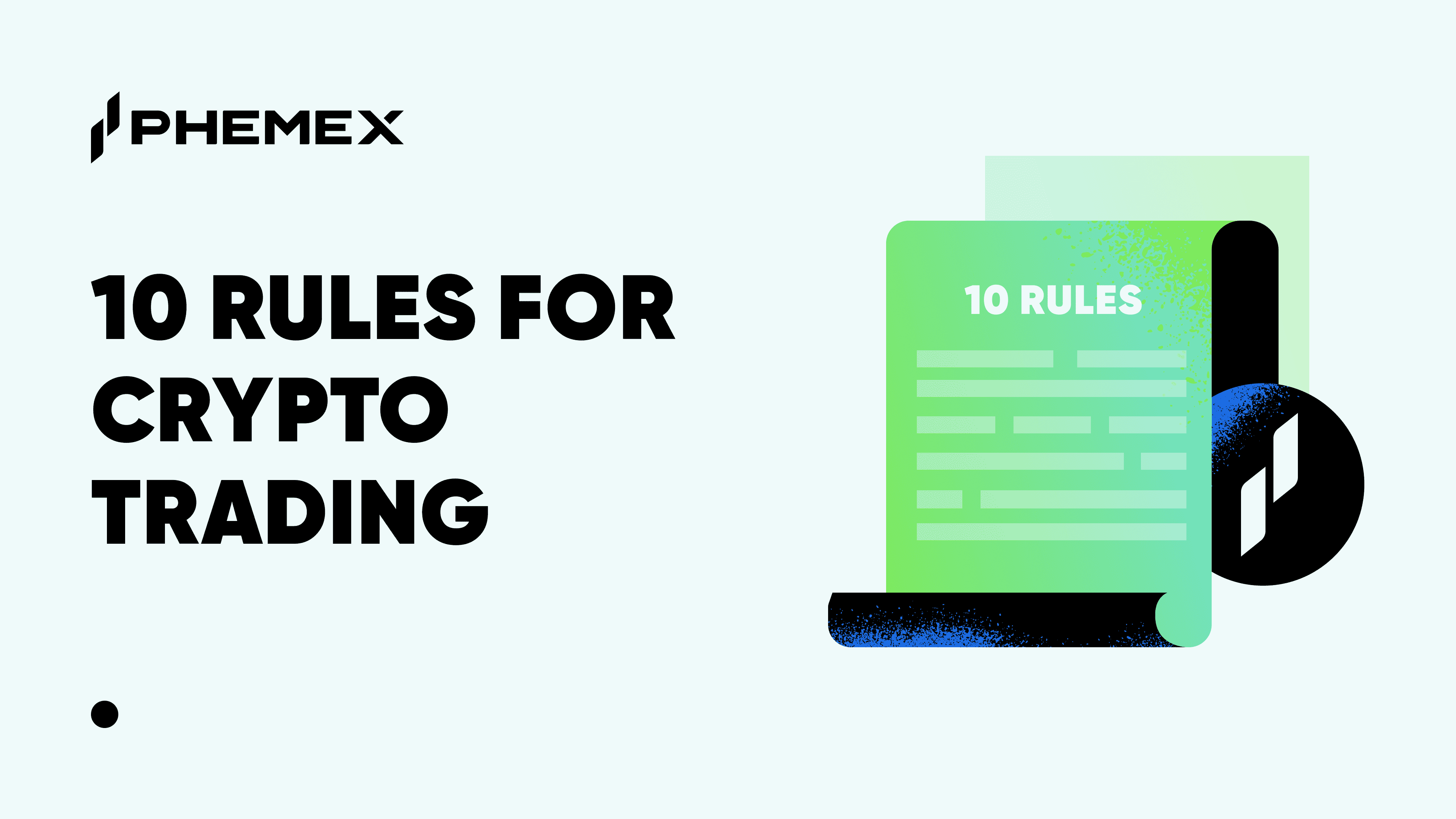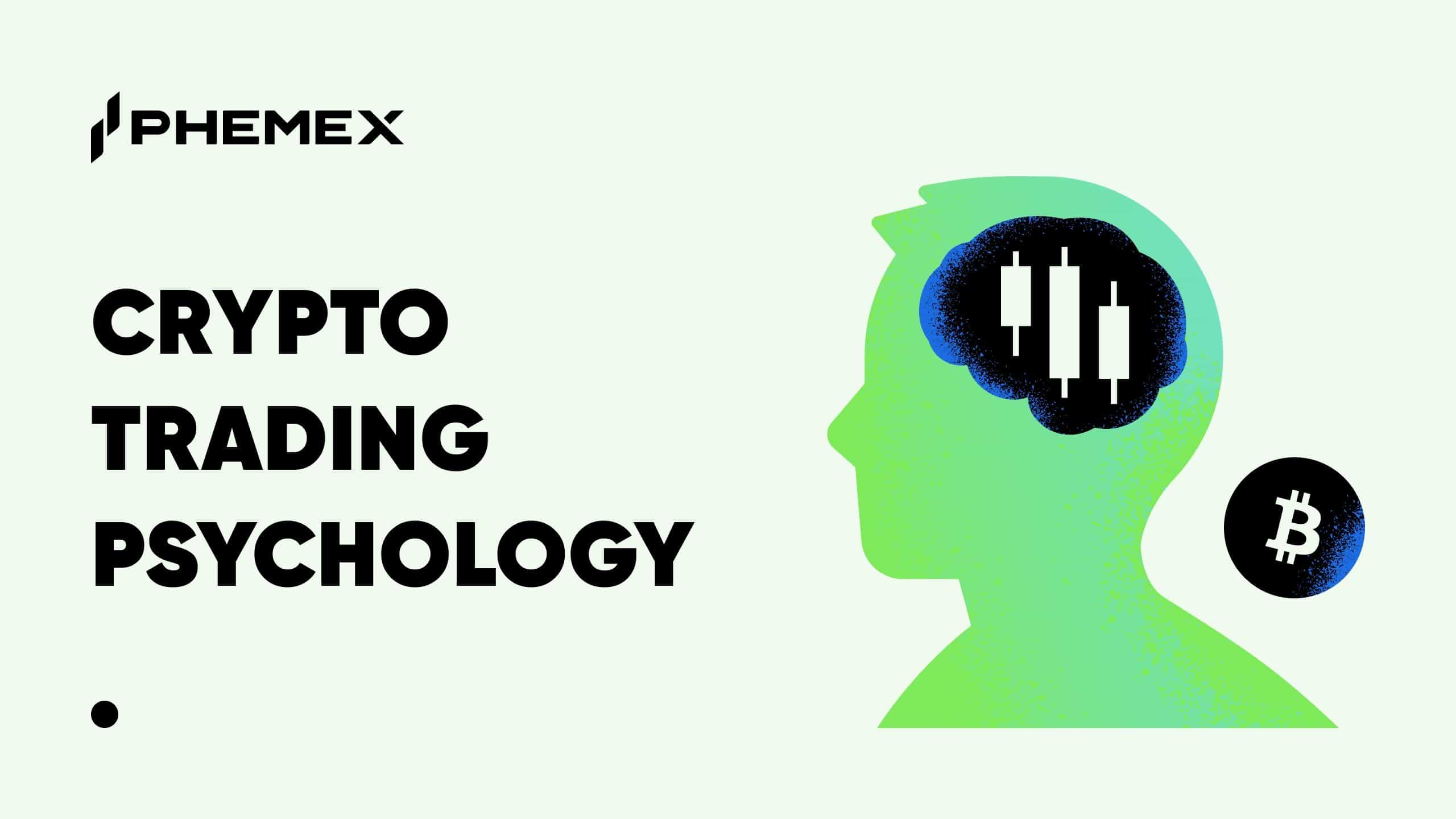When buying crypto, an investor must consider different buying methodologies to limit losses and gain maximum profit. The volatility of the crypto market means that prices often increase and decrease quickly, which can result in great profits but also great losses in a very short timespan. These fluctuations can happen when an investor is not monitoring the price of their investment. Thus, to maintain control of their assets even when not monitoring the stock price, an investor typically chooses an order type. To do this, the investor must indicate what type of order they would like to make, as well as the amount to invest and the crypto or stock to buy. The three types of orders include market orders, limit orders, and stop orders.

What is a Market Order?
A market order is used when an investor is prioritizing speed over cost. It indicates that the investor wants their order to be filled immediately at the next available price. In other words, they will buy or sell at the next opportunity they have, regardless of price. In a situation where prices are changing quickly, this could mean that the cost at order fulfilment is different to what it was when it was quoted. Market orders have the best chance to have their order filled; however, they also have a very high probability of having a different price when bought or sold than at order placement. This could therefore be risky for an investor.
An example of a market order could be the following:
- Buy market order:The value of a coin might be $0.20 when the order to buy is placed, but by the time the order is filled, the price might have rapidly increased to $0.35. If a market order has been placed, this order will go through despite the increase in cost, because it has been set to buy at the first opportunity, regardless of cost.
- Sell market order:The value of a coin might be $0.35 when the order to sell is placed, but by the time the order is placed, the price might have rapidly dropped to $0.20. If a market order has been placed, this order will go through despite the loss; because it has been set to sell at the first opportunity, regardless of cost.
The best time to set a market order is when the market is highly liquid, as this will help the order be filled in as short a time as possible and thus reduce the chance of a price change. For stocks and shares, trading hours should also be considered, as the cost at close of trading hours might not be the same as at the opening time. For cryptocurrency, however, this is not a factor, as it is a continuously open 24/7 market.

What is a Limit Order?
For those investors with more time and wanting to prioritize cost, limit orders are a better option than market orders. With a limit order, the investor can specify a price, and the order will not be filled until it can be done at that cost or better. This can be a great way to meet target exit or entry prices and so gain better profits based on an investor’s calculations. The negative aspect of limit orders, however, is that the price restriction means it can take a while for the order to be filled. In some cases, the order might never be filled at all. Limit orders are perfect for investors who are willing to wait for the market to turn in their favor. However, it is important that investors continue to monitor the market as it may be that the order is not filled, and the price continues to rise or decrease against them (depending on whether they are looking to buy or sell).
An example of a limit order could be the following:
- Buy limit order:A coin is currently trading at $0.93, but the investor thinks it would be a good investment once it drops to $0.89. The investor puts a limit order in to buy for that price ($0.89) and waits for their order to be filled. The market could go two ways at this point:
- The coin decreases in value and hits $0.89 with enough volume to fill the order. The order is thus filled at the limit order price or better (in this case, a better cost would be a lower one).
- The coin increases in value and never drops down to the limit order value. In this case the order would not be filled, and the investor would not have bought any coins.
- Sell limit order:A coin is currently trading at $0.89, but the investor wants to wait until it is valued at $0.93 before selling. The investor puts a limit order in to sell at that price ($0.93) and waits for their order to be filled. The market could go two ways at this point:
- The coin increases in value and reaches $0.93 with enough demand to fill the order. The order is thus filled at the limit order price or better (in this case, a better cost would be a higher one).
- The coin decreases in value and never reaches the limit order value. In this case the order would never be filled, and the coins would remain unsold.

What is a Stop Order?
A stop order, also known as a stop-loss order, is primarily used to protect assets and avoid heavy losses. It takes the form of either a market order or a limit order, but it isn’t initiated until a pre-specified activation price is hit. These types of trades are useful for protecting investments, rather than simply buying and selling. Stop orders, as with any order type, can be used when buying or selling assets:
- Buy-Stop orders:Here, an investor can set an activation price to buy once an asset has reached the value that is affordable to them, or where they can see themselves making the most profit.
- Sell-Stop orders:Here, an investor will state an activation price that will sell off their assets as soon as they fall beneath a certain value. This means that they can avoid losses should the value decrease further. Sell-Stop orders are great for investors that want minimum exposure.

There are three different types of stop orders:
- Stop market:This is a stop order combined with a market order. It works in the same way as a market order, in that it sells or buys at the next available opportunity. However, the difference is that the market order will not be activated until the activation price (this being the activation cost specified when placing the stop order) is reached. This can be a great way to protect an investment or get into the market, but it can also mean buying or selling in a position that is worse than anticipated (for the same reasons as specified in the market order section).
- Stop limit:Here, a limit order will be triggered once the activation price has been reached. Thus, after surpassing the activation price, the transaction will be triggered and the assets sold or bought when reaching the limit price or better. The benefit is being able to control the buy/sell price. However, if the value of the coin is falling very quickly, this system presents an issue. The activation cost will be hit, thus triggering the limit order, but in the time it takes the activation to kick in, the value may have already surpassed the limit price. This would result in the transaction not going ahead as the limit price was technically not hit while active. Thus, this system should be used with caution, as over-reliance could result in heavy losses.
- Trailing stop:With this stop order, an investor does not set an activation price, but instead sets a percentage or amount that will follow, or trail, just below/above the market value. This is a good system to lock-in profits. The trailing stop will follow an increase or decrease in value and as soon as the value turns, it will lock. Once the value decreases or increases (whichever goes against the investor’s interest) to reach the trailing stop value, it will activate the buy or sell process. This means that the investor will have already accumulated a profit and will buy or sell before it decreases much below maximum profits.
Stop Order vs. Limit Order

Stop orders and limit orders seem similar as they both set a limit cost before initiating an action. However, there are some key differences:
- The value stipulated by a limit order designates the lowest amount acceptable for the transaction to be accepted. A stop order on the other hand, stipulates the price to be hit for the order to be initiated.
- Stop orders, differently to limit orders, generally avoid the possibility of a trade not going through due to the limit order not being reached. This helps investors in that their trade is more likely to go through. However, this can be a negative in that the trade could go through at a worse price than the investor anticipated.
- For stocks, a limit order is visible to the entire market, meaning that sellers and buyers can see an investor’s limit order cost. A stop order, however, only becomes visible once the activation cost has been hit, as theoretically, the order is not yet active.
| Limit Order | Stop Order |
|---|---|
| No slippage | Slippage possible |
| May not be executed when it reaches the stated price | Will definitely be fulfilled |
| Suitable for reversal strategies | Suitable for breakout strategies |
Conclusion
Order types are great ways for investors to protect their assets and gain maximum profitability. Learning more about order types and strategies is also a great way to elevate one’s trading knowledge. However, it is important not to fall into the trap of over-reliance. Savvy investors must make sure to monitor the market and make their own calculations to know when to buy and sell. They can then use order types as an aid to help them catch the right moment and capitalize on the market. Finally, remember that each order type serves its own purpose, whether it be max profitability or speed. Order types can be great trading aids, but using them incorrectly can result in great losses.
Read More
- What is Limit Order & How Does it Work?
- Bitcoin Order Book Trading: Everything you Need to Know
- What is A Bracket Order: Limit Possible Loss and Lock in Profits
- Crypto Trading vs. Investing: Key Differences Explained
- How To Trade Crypto: The Ultimate Investing Guide
- Buy Low, Sell High Crypto: 4 Things To Do (3 To Avoid)
- What Is Market Timing: Trying to Find That Perfect Moment
- What Is Stop-Loss Hunting (Stop Run) in Crypto?








